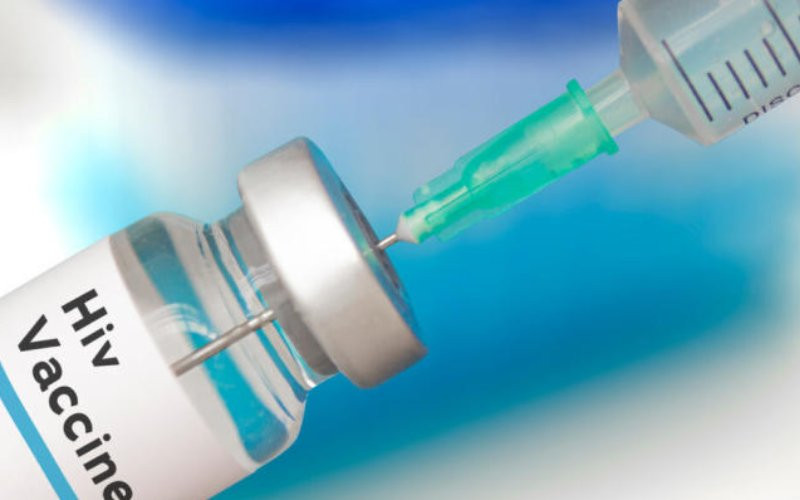
Blepharitis is a common chronic condition that affects the eyelids, causing inflammation along the eyelid margins. It can be uncomfortable and challenging to manage, but understanding its causes, types, symptoms, and treatment options can significantly aid in its effective control.
Eyelids play a vital role in protecting the eye and maintaining the ocular surface healthy. They contain two different types of glands (sebaceous & meibomian), which secrete oils that form part of the tear film. In blepharitis, dysfunction of these glands or bacterial colonization can trigger inflammation.
Blepharitis is classified into anterior and posterior types based on the area of inflammation:
Several factors contribute to blepharitis, mainly bacterial infections, Allergies, Acne (rosacea) Meibomian gland dysfunction (MGD) and Demodex - lice or mite infestation. Other risk factors include poor hygiene, incorrect use of contact lenses, and environmental irritants.
In addition to the above, Blepharitis can also occur if you have diabetes, exposure to dust & chemicals, not removing make-up thoroughly or ladies who are undergoing menopause or hormonal changes.
Clinical Presentation
Blepharitis presents with a spectrum of symptoms, which may be intermittent or persistent: Redness and swelling of the eyelids, Itching and burning sensation, Crusts or flakes at the base of eyelashes, Foreign body sensation, Watery or dry eyes, Eyelash abnormalities, such as loss or misdirection (trichiasis).
Severe cases may result in complications, including conjunctivitis, keratitis, or chalazion (a small painless lump that forms on the eyelid).
- The struggle in the dark: Navigating night blindness
Keep Reading
There are basically two types of blepharitis, depending on where it is located on the eyelid.
Anterior Blepharitis: This presents as red or darker color & swollen eyelids or when one has dandruff on the lashes.
Posterior Blepharitis: When the oil-producing glands produce thick or unhealthy oil.
In order to correct the situation, a proper diagnosis is necessary. This includes patient’s history, a thorough examination with an instrument known as the Slit lamp and a tear film analysis.
Home treatments include avoiding make-up, using warm compressors, Lid scrubs and ensuring treatment of dandruff of the hair.
The treatment of blepharitis focuses on alleviating symptoms, addressing underlying causes, and preventing complications. Key approaches include Lid Hygiene, adequate medication, Anti-inflammatory Agents, Tear Supplements and Artificial tears.
There are also advanced therapies options in case of severe Blepharitis including Thermal Pulsation Devices & intense pulsed Light therapy. These interventions help unblock meibomian glands by applying heat and pressure.
Prognosis and Complications
Untreated or severe cases may lead to: Chronic conjunctivitis, Corneal involvement, including ulcers, Chalazion, Styes, Scarring of the eyelid margin.
Blepharitis is a chronic condition with no definitive cure, but effective management can minimize flare-ups and improve the quality of life. It remains a prevalent and often underdiagnosed condition that significantly impacts patients' ocular and overall well-being. Correct diagnosis and timely intervention are the cornerstone of managing this condition.
You may also practice a routine of alleviating the condition by: Removing all make up properly before sleeping, Periodically replace your eyeliner, eye shadow, mascara etc, Keeping your scalp, hands and face clean, Use artificial tears if you have dry eyes, Use anti-dandruff shampoo for your hair
Although Blepharitis usually affects both eyes, it is not contagious and doesn't cause permanent damage to your eyesight. However, it can be uncomfortable and unsightly and should be treated and managed with utmost care to avoid undue complications.
Murtaza Somji is a Senior Optometrist at Eyestyle Opticians
 The Standard Group Plc is a multi-media organization with investments in media platforms spanning newspaper print
operations, television, radio broadcasting, digital and online services. The Standard Group is recognized as a
leading multi-media house in Kenya with a key influence in matters of national and international interest.
The Standard Group Plc is a multi-media organization with investments in media platforms spanning newspaper print
operations, television, radio broadcasting, digital and online services. The Standard Group is recognized as a
leading multi-media house in Kenya with a key influence in matters of national and international interest.











